![]()
On Sunday, 6th August 1893, three brothers who resided in Blackley, a small suburb of Manchester that has historically been classed as being in Lancashire, set off from their homes to pick blackberries from nearby Crab Lane. Their trip however was cut short when a sudden shower caused them to seek shelter in an area known as Dark Hole Clough.
Rambling through a plantation, the boys stopped to take cover under the canopy of trees but one of them, 12 years old Alfred Shorrocks, seeing a red flower in front of him left his friends to pick it.
Next to the flower and underneath some small shrubs and leaves was a brown looking parcel. Excited by his find, he ran back to his two brothers to tell them of his find. All three boys then went back to where the parcel was laying, and with curiosity getting the better of them, one of them looked around for a stick that he would use to try and prise it open.
Slowly, the small cap of a child peeked through the small opening of the parcel. What they had stumbled upon was that of the body of a fully clothed baby boy.
50 year old, Ashworth Read, married and with three children, was a well-known and well respected manufacturer and waste dealer from Burnley. Over the years he had built up several businesses and was so successful that he could afford to have two houses built on Brookland’s Road, Burnley. Not just for himself and his family but also that of his mother and father.
He would often spend many long hours working into the late evening and during the day he would spend a lot of his time traversing from Burnley to Manchester to attend meetings on a regular basis.
As for Elizabeth Remington, little is known but what we do know is that she had moved from Kirkby Lonsdale, Cumbria where she was already engaged to a man from Penrith by the name of Albert Barnesley, and she was around 25 years old when she was employed as a domestic servant within the Read’s home in July 1889.
Over the years, it seems Ashworth and Elizabeth had become close in ways which should never have happened and by the end of April 1893 she had started to become withdrawn and seemed to be in a distracted state of mind.
Speaking to her stepmother, Frances Remington on Tuesday 9th May, Elizabeth said that she had had a row with Mr. Read and would therefore be going away for a while to which Frances proposed Morecambe as being the ideal place to visit.
Frances would later go on to say that she remembered seeing Elizabeth looking rather stoutly, but put this down to her possibly having ‘dropsy’, a medical condition characterized by the accumulation of watery fluid in the body, and which also took the life of her father some years before. She even went to a chemist on the 6th May for medication to help her stepdaughter.
And having spoken to Elizabeth on the 9th May, Frances told Elizabeth that on her return from Morecambe, she was to come back home, to number 8 Townley Street, Burnley Lane where she would look after her.
Two days later, the 11th May, Elizabeth left the Read’s residence. She didn’t go to Morecambe, instead making her way to Manchester where she would find lodgings at the Central Temperance Hotel on New Bridge Street. It was owned by John and Mary King. She told the King’s that she had to be confined and that her husband, whilst a mate of a vessel, had left her. She also told them that she was in domestic service for Mrs. Read in Burnley.
Seeing that she was carrying a child, Mary would go on to introduce Elizabeth to Dr. Victor Saul who would visit on a regular basis to make sure both mother and baby where doing fine.
Over the next few weeks, Elizabeth would be seen frequently leaving the Temperance Hotel, usually around the same time at noon. She would tell the Kings that she was going to see her “uncle” and would remain out from anywhere between 2 and 3 hours, sometimes longer.
This would go on until the end of May when Dr. Saul would advise not to see her “Uncle” again until after the baby was born and on July 4th, she would give birth to a baby boy.
A fortnight later and on July 12th, Elizabeth would visit Victoria Station to again meet up with her “Uncle” and these visits would remain a daily occurrence thereafter, but each time she would leave her child at the Temperance Hotel and with Mary King.
Angel Meadow has, without a doubt, become of the most widely written about places in Manchester due its dark history. Situated on the North-East of the City Centre with the River Irk close-by, it was by far one of the worst places that any man, woman or child could have frequented, never mind lived in! It was so bad, Frederick Engels, in his book – The Condition of the Working Class in England in 1884 labelled it hell upon Earth. So, its perhaps apt that our story begins to take shape in this area, on the seats situated on the recreation ground.
“Such is the Old Town of Manchester, and on re-reading my description, I am forced to admit that instead of being exaggerated, it is far from black enough to convey a true impression of the filth, ruin, and uninhabitableness, the defiance of all considerations of cleanliness, ventilation, and health which characterise the construction of this single district, containing at least twenty to thirty thousand inhabitants. And such a district exists in the heart of the second city of England, the first manufacturing city of the world. If any one wishes to see in how little space a human being can move, how little air—and such air!—he can breathe, how little of civilisation he may share and yet live, it is only necessary to travel hither. True, this is the Old Town, and the people of Manchester emphasise the fact whenever anyone mentions to them the frightful condition of this Hell upon Earth.”
Friedrich Engels – The Condition of the Working Class in England (1845)
It’s here that Elizabeth and her “Uncle” would arrive at St. Michaels Flags and spend an hour to two, sometimes longer, sat on the seats, often in deep conversation and would occasionally walk around the area before finding another seat to sit on. There, they would have something eat, drink and occasionally seem to fall out with each other with Elizabeth on some occasions, beginning to cry.
However, and as in keeping with the history of Angel Meadow, the discussions that took place between the two, one could say, would be of sadness as well horrific and as you have probably worked out by now, there was no “Uncle” and it was her ex-employer and lover, Ashworth Read whom she had been liaising with all of this time.
On the 31st July, Elizabeth had packed her belongings and told Mrs King that she had made preparations to visit a relative in Kirkby Lonsdale. Mrs King recalled helping Elizabeth by wrapping the baby in a shawl and placing it’s drinking bottles, filled with milk, inside a little basket. She also noticed that a piece of brown paper was folded neatly inside the basket.
Elizabeth was in a pitiful state, crying bitterly. Mrs King offered to accompany her to nearby Victory Station but Elizabeth would have none of it.
Her baby at this time began to cry and Elizabeth said, “Hold your tongue; them you’re going to see doesn’t like crying.”
That day, and at around 11am, Elizabeth and Ashworth would meet up yet again, and this time instead of walking to Angel Meadow they would take the steps up towards Ducie Bridge before catching a train which would take them up to Cheetham Hill. From here, they would begin the walk towards Blackley and to an area locally known as Dark Hole Clough.
Obviously, it is hard for any of us to imagine the scenes that would soon follow, as the walk from Cheetham Hill to Blackley would take maybe anywhere between 25 to 35 minutes. Personally, I would offer the suggestion that they perhaps took a cab from Cheetham Hill to somewhere closer to Blackley where they then completed their journey on foot – only because Elizabeth had been carrying their new born son and to walk such a distance and in what I would assume under some emotional duress would not only be draining but it would almost certainly bring attention to them.
Close to Dark Hole Clough, they passed over an old looking footbridge that crosses over the River Irk. From here they would finally disappear into the dense forest that they would hope would conceal the dark crime they were about to commit.
After a few minutes’ walk, Ashworth stopped and removed a handkerchief from his pocket as he made his way over to the Irk. Kneeling down, he soaked the handkerchief in the water for a few seconds before making his way back up onto his feet. Stood next to him, Elizabeth was crying, despairing at what was to come.
“Here, place it over the child’s mouth” he said to Elizabeth.
Taking hold of the handkerchief, she gently did so, but no longer as she had done she quickly removed it. She couldn’t go ahead with the deed.
Ashworth, showing no remorse, took hold of the handkerchief and placed it back over the child’s mouth. The child began to struggle, shaking its head in a violent manner. Ashworth would cup his hand over the cloth, applying more pressure and preventing the baby’s head from moving. It took a few minutes but eventually their baby would stop moving, its hand and arms slowly becoming limp.
Ashworth took the baby from Elizabeth and began to wrap it with brown paper which was blue on the inside. He would then tie it before placing it under some small shrubs. Looking up at Elizabeth, he would tell her, “It’s done.”
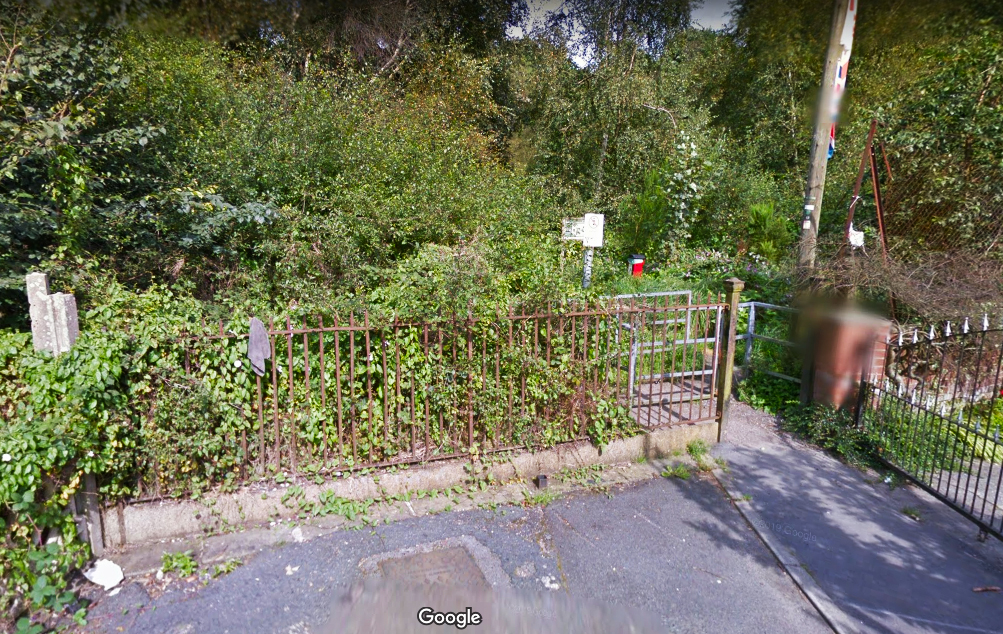
Access to footbridge 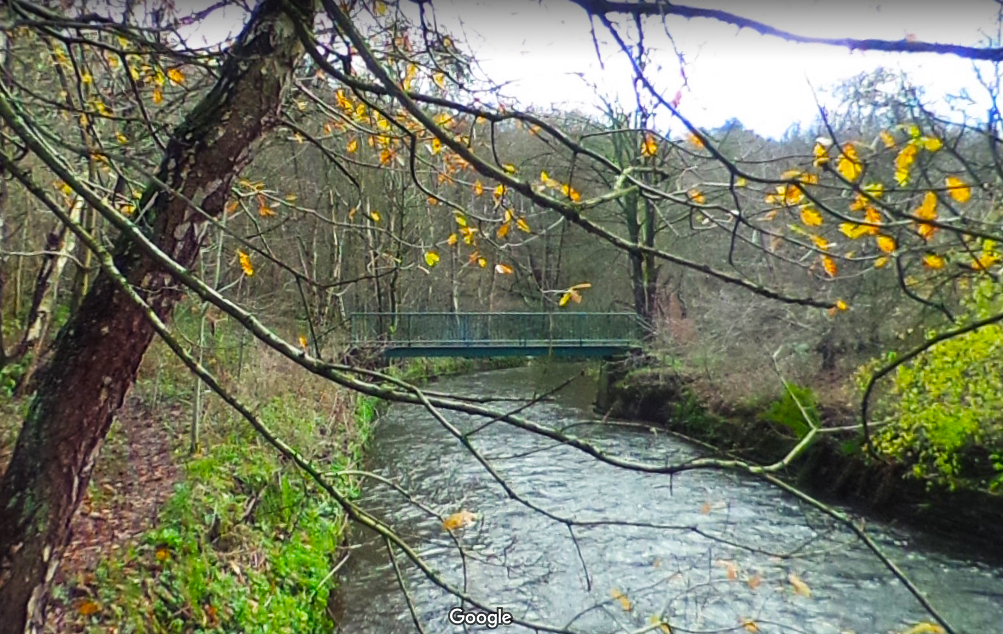
Footbridge over the River Irk 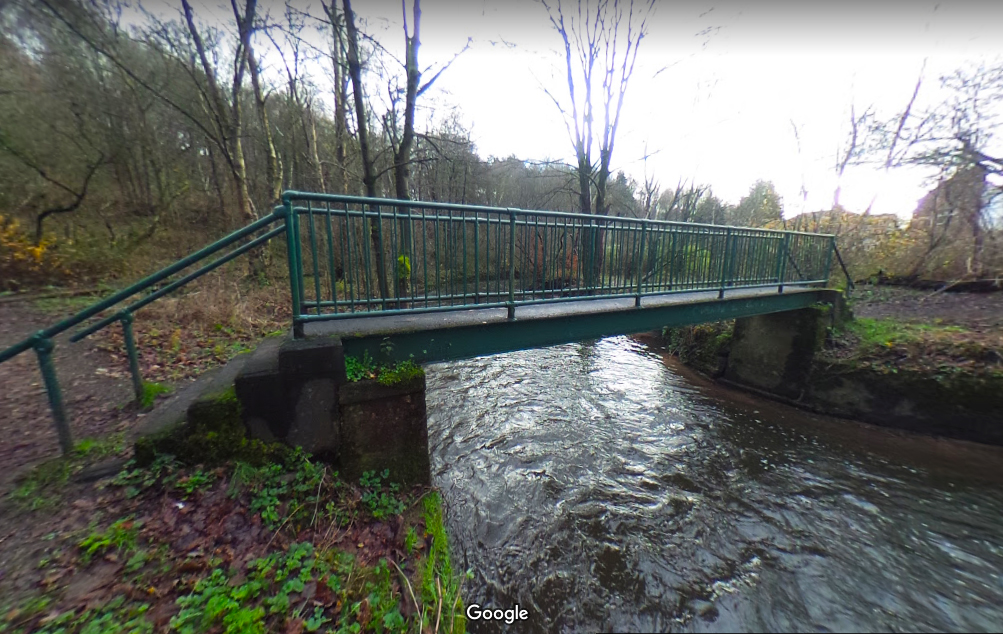
Footbridge over the River Irk
Six days later, and on the 6th August – and after the discovery of the child by Alfred Shorrocks, a local man by the name of William Henry Birch was called for and upon being taken to the scene he proceeded to open the parcel. Satisfied with what was inside, he took the parcel and along with Alfred and his two brothers , they made their way to the Clarendon Road police station where Police Constable James Butler, William and the brothers accompanied it to the nearby Willert Street station.
PC Butler opened the parcel where it was certified that it was indeed the body of a young baby boy whose body, whilst not fully decomposed, it was badly discolored from the base of the skull downwards.
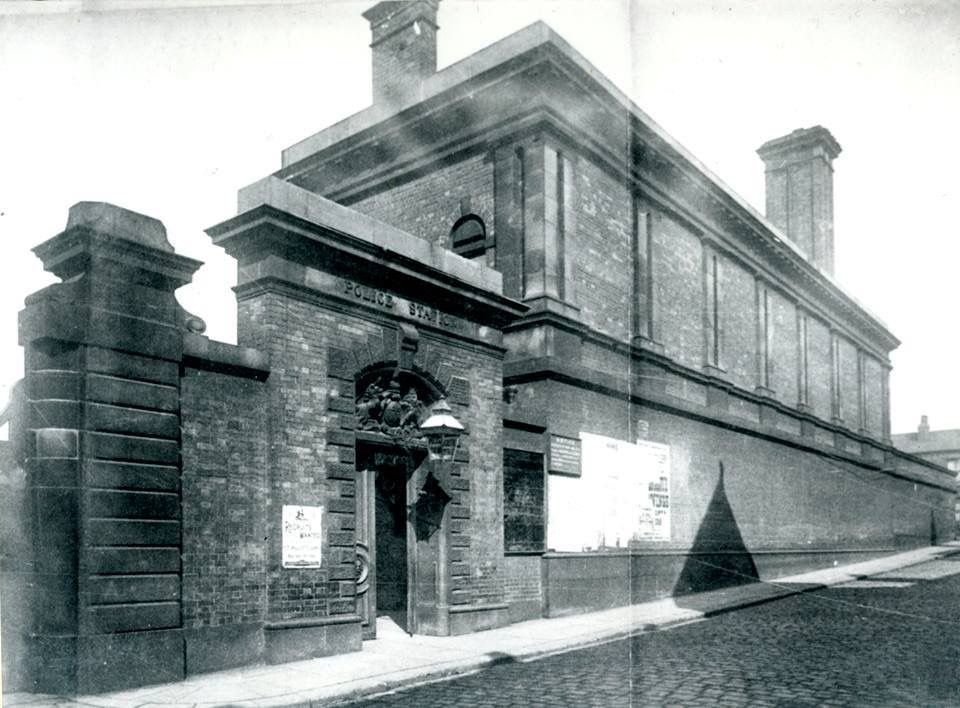
Willert Street police station 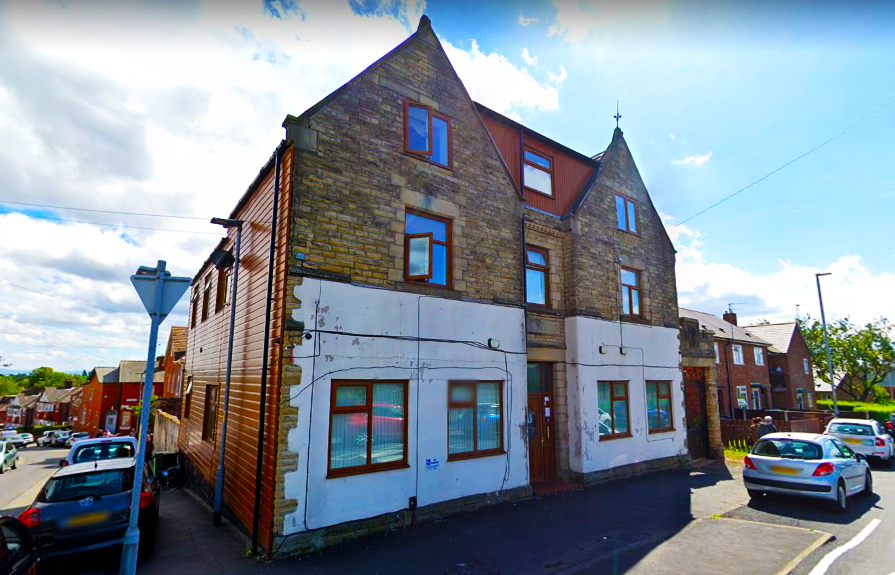
Clarendon Road police station
The following day, Rudovich Young, surgeon to the “Clan MacPherson” intership would conduct a postmortem on the body, but the results were inconclusive.
My Young confirmed that the body had been dead for around 4 to 6 days and whilst it suffered from no bruising with no marks or violence apparent, it was starting to decompose.
He would state that the boy had died from asphyxia or convulsions and this would prove to be something of importance in the near future. A small jury at the inquest, and after hearing the results of the post-mortem would bring a verdict of “Death from natural causes.”
News quickly spread with regards to a baby boy being found in the woods near Blackley and after having published details of the baby in one of the local newspapers, Mrs Mary King, landlord of the Temperance Hotel in which Elizabeth had stayed at, came forwards and after seeing the clothes she recognized them as being those worn by the baby on the day Elizabeth had left her lodgings on the 31st July.
This led to Chief Detective Inspector Jerome Caminada becoming involved in the case.
Caminada had a huge reputation within the district of Manchester and it was well known that once he was called for, it wouldn’t take too long before things escalated and on the 28th September 1893, and after hearing of witness accounts of where Elizabeth had been seen since the discovery of the body, along with Inspector Mason, he visited places such as another Temperance Hotel in Todmorden as well as travelling over to Rochdale. He would eventually trace her back to Burnley and to the home of a Mrs Richards the mother of Frances Remington, where Elizabeth was working as a domestic servant.
Upon her arrest and having been charged by Caminada, Elizabeth would be transported to Manchester and into the Town Hall where she would be questioned. She would later that day make a verbal confession that went as follows;
“I was in the service of Mr. Ashworth Read, and he is the father of my illegitimate child. He told me to go to Manchester, and I came from Burnley Station. He told me to take lodgings, which I did in New Bridge Street, where I was confined, and he has supported me since. I met him at Victoria Station, and we walked up the steps to Ducie Bridge, and then took the tram to Cheetham Hill. We walked along the road to a wood at Blackley. Mr. Read soaked a pocket handkerchief in water, and gave it to me to put on the child’s mouth. I put it on, and took it off again. Then Mr. Read put it on again. Soon after, he said the child was dead; he wrapped it up in a brown parcel, tied it, and left it there. I wrote to Mr. Read and received the letter now produced. Mr. Read told me it would never be found out that it was my child. He said it would disgrace him, and that he would never hold up his head in Burnley. I cannot tell the date I left the house in July. He told me to write to him under the name of Richard Battersby, Spruce Mill, Burnley.”
The following day, the 29th September, the police travelled back to Burnley and arrested Ashworth Read, removing him from his factory, Spruce Mill.
They would also search his premises and in doing so, they came across several letters in a safe that had been signed by a name of Barnesley and all had been dated from September 1892. Barnesley was the man whom Elizabeth had been engaged too but they hadn’t seen each other since he went away in September of that year.
Ashworth Read was taken into custody in Manchester and just like Elizabeth he would be questioned in the Town Hall. The police would then bring both prisoners together where Elizabeth would make another statement, which was taken down by a short-hand writer, transcribed and read over to the prisoners whilst they were standing.
Read said nothing whilst the statement was read to him. Elizabeth then signed the statement, and the letter she had mentioned in her original confession the day before was also read out, which said, “I should like to see you before you call at our house on Sunday if you can make it convenient, your affectionate friend, Elizabeth Allen.” At the same, Elizabeth produced a ring which Caminda showed to Read.
Read simply replied, “I think it’s better to say nothing then.”
TO BE CONTINUED…
Sources used in this story;
Illustrated Police News – Saturday 21 October 1893
Todmorden Advertiser and Hebden Bridge Newsletter – Friday 06 October 1893
Burnley Express – Saturday 30 September 1893
Burnley Express – Saturday 07 October 1893
Lancashire Evening Post – Friday 24 November 1893
+ many more courtesy of the British Newspaper Archive – www.britishnewspaperarchive.co.uk
Please follow me on social media;
Twitter – https://twitter.com/dohpods
Instagram – www.instagram.com/dohpods


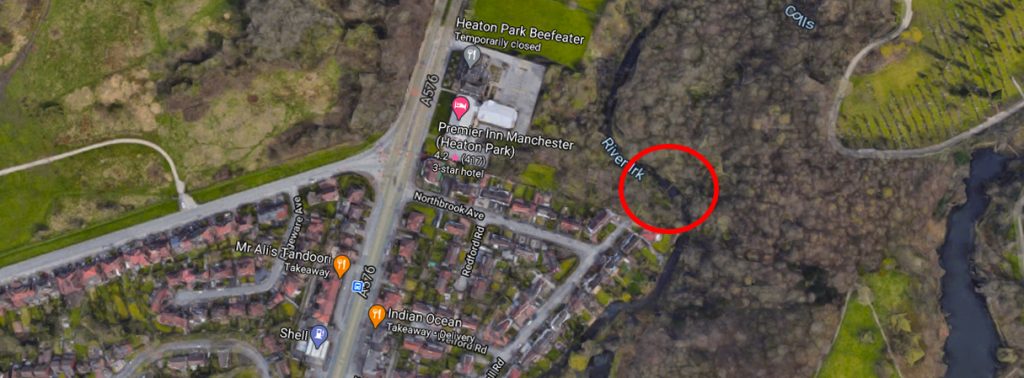
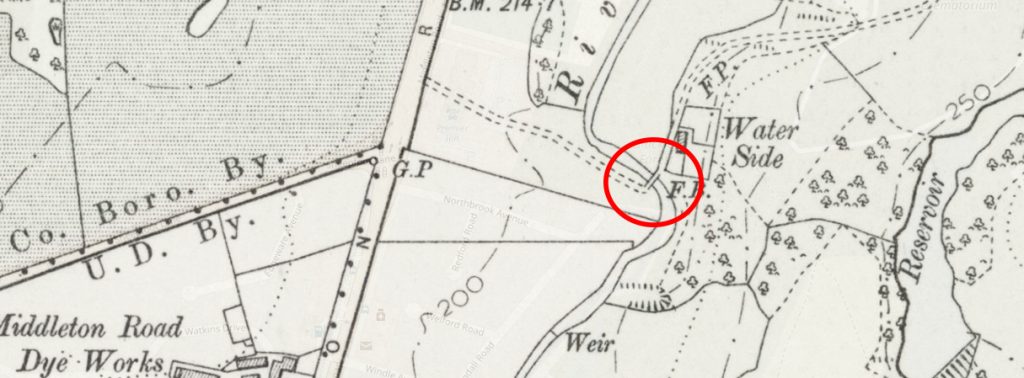
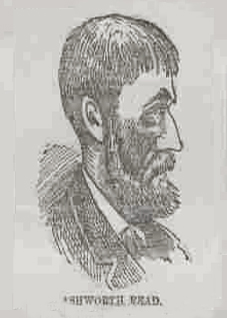
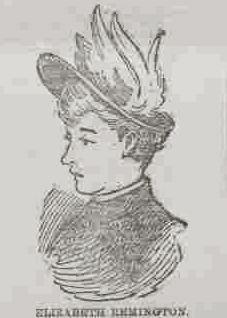
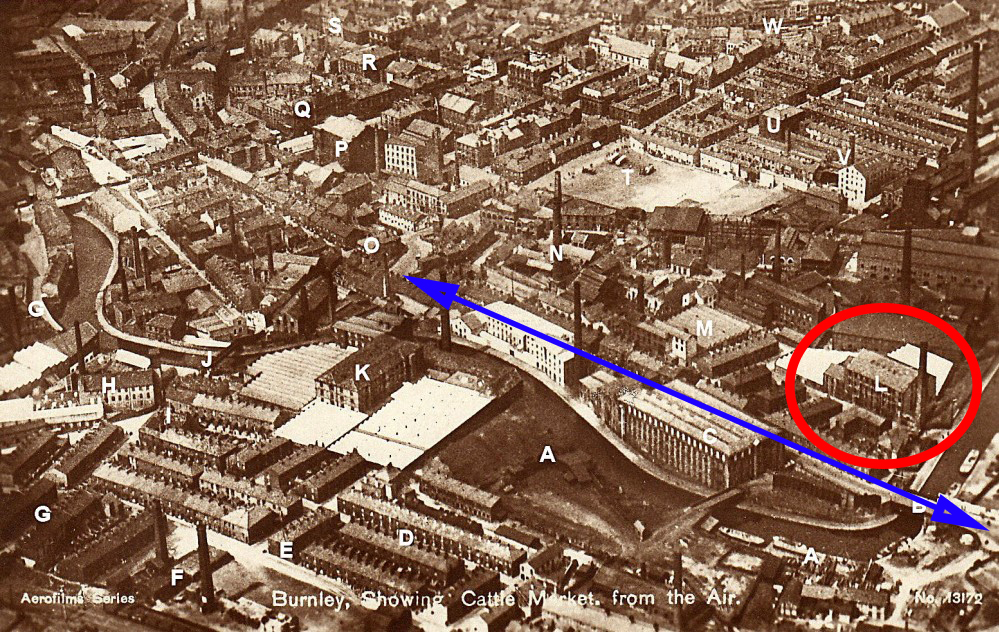
Leave a Reply